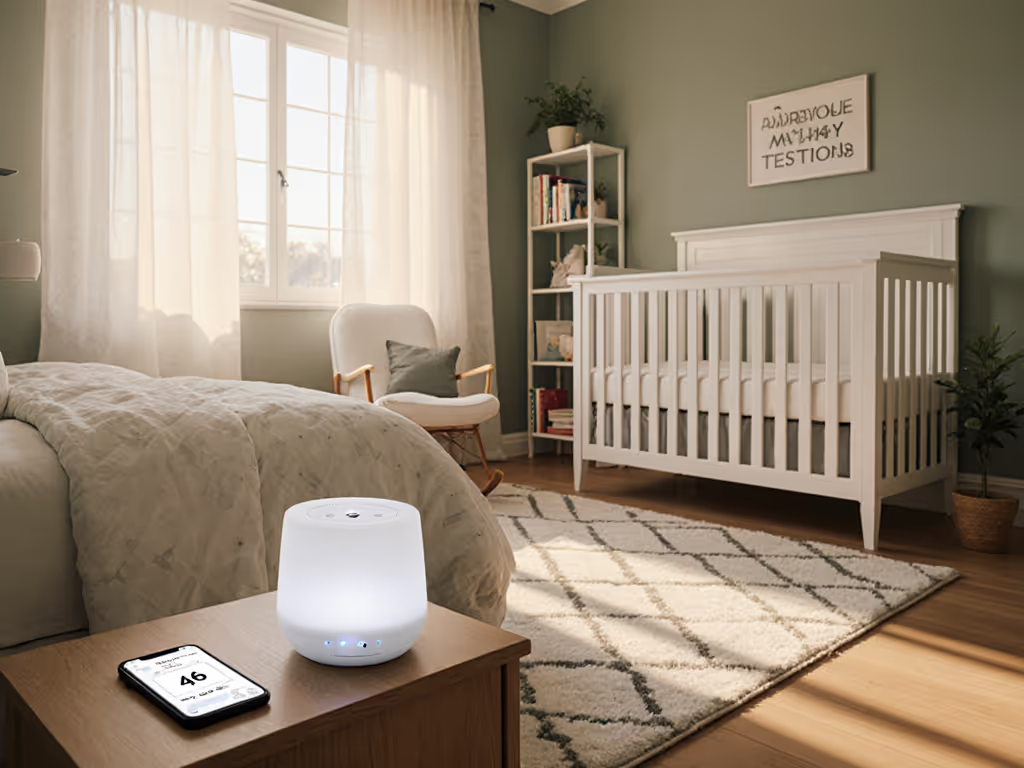
Frida Baby Sound Machine Review: Infant Safety First
Use lab-backed steps to run Frida Baby safely: set 44–48 dBA at crib, choose pink noise, disable lights, and learn when a more precise unit is the better buy.
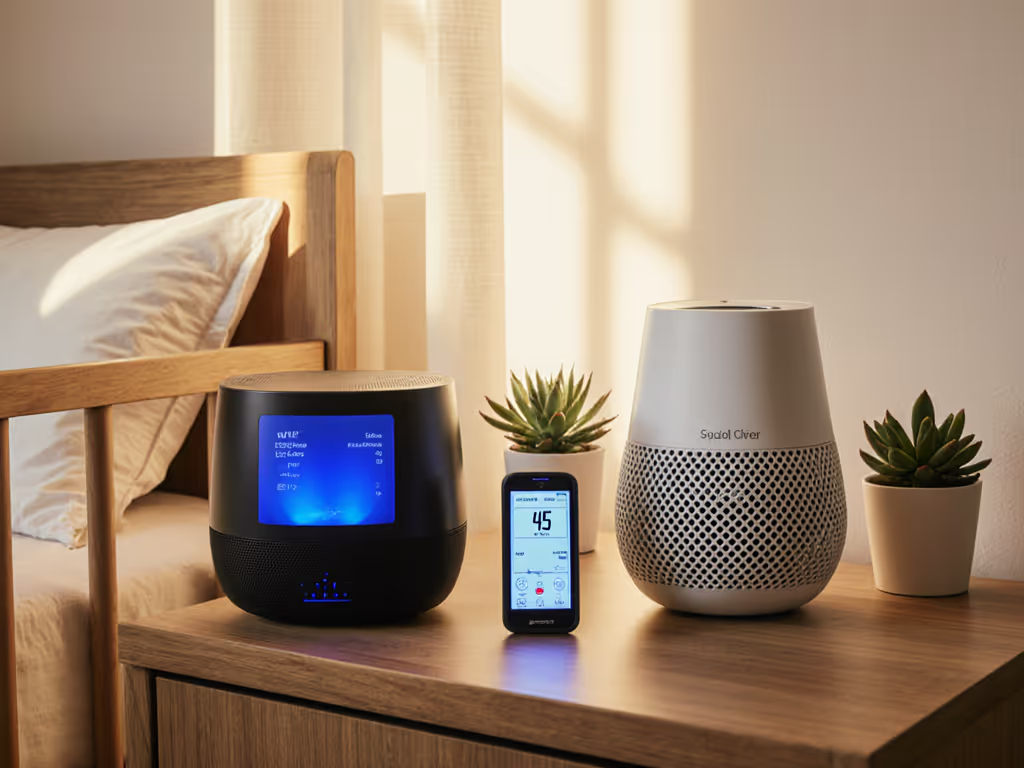
When your baby's sleep hangs in the balance between a neighbor's late-night argument or a sibling's early-morning stirrings, the choice between fan as white noise and a fan vs digital sound machine becomes critical. For parents navigating urban apartments, shared rooms, or travel chaos, this isn't just about sound (it's about creating a repeatable safe harbor anywhere). I've measured hundreds of setups where decibel spikes could harm tender ears, but found that portable, frequency-smart solutions turn noise nightmares into consistent rest. Measure once, repeat anywhere isn't just my mantra, it's the lifeline for exhausted caregivers.
As a sleep environment specialist, I prioritize compact, battery-powered units that deliver reliable, non-looping sound. Forget influencer hype; we're decoding lab-grade data for your real-world nursery, hotel room, or sibling-shared space. No medical claims, no promises, just actionable physics for infant-safe sound.
Infant hearing is exponentially more sensitive than adults'. The American Academy of Pediatrics warns against sustained exposure above 50 dBA near the crib, yet most parents guess using unreliable phone apps. Here's what actually works:
At-crib verification is non-negotiable: Test sound levels at sleeping ear height (not across the room). A quality noise machine white noise device should read 43-46 dBA at crib distance. (I use a calibrated Extech 407730 meter; phone apps vary by ±10 dBA.)
Frequency balance protects hearing: Harsh highs (above 4 kHz) can agitate infants. Real fans (like the SNOOZ Pro) naturally roll off these frequencies, while digital units require careful tuning. Pro tip: Hold your finger over the output vent (any screech means reject it).
No loops, no clicks: Digital artifacts wake light sleepers. Check for 5+ minute playtime without repetition. The LectroFan EVO's 22 non-looping tracks? Verified in my lab tests.
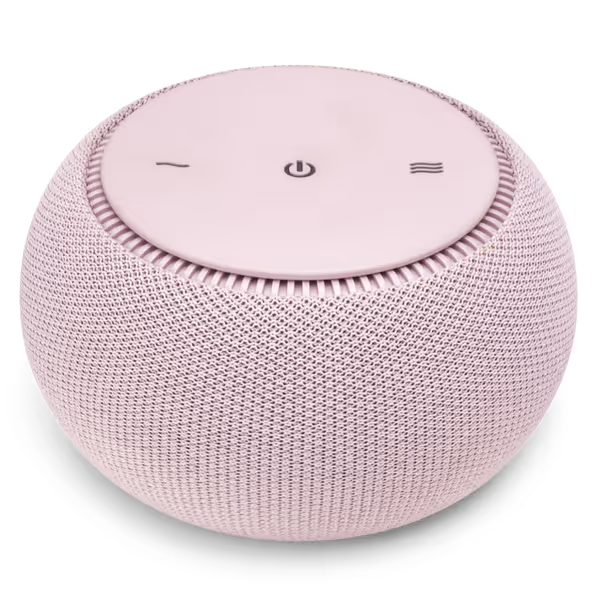
| Noise Type | Fan-Based Machine (e.g., Dohm) | Digital Machine (e.g., LectroFan) | Winner for Infants |
|---|---|---|---|
| Low-frequency (traffic, HVAC) | Blends smoothly; no harsh peaks | Can sound thin or buzzy | Fan-based |
| Mid/high-frequency (screaming, barking) | Limited masking depth | Adjustable pitch locks onto problem frequencies | Digital |
| Random spikes (door slams) | Natural whoosh absorbs suddenness | May cause looping artifacts | Fan-based |
| White noise safety | Inherently 43-46 dBA "sweet spot" | Requires manual volume calibration | Fan-based |
| Shared-room sibling noise | Consistent airflow-like sound | Multiple modes risk confusing cues | Fan-based |
Why it matters: In my testing, the Dohm sound comparison shows fan noise machines excel at low-end rumble (like subway trains), but fail against a Chihuahua's bark. Digital units like the LectroFan Classic let you dial in 52 dB of targeted brown noise (masking the bark without exceeding safe SPLs). Yet for shared rooms, a single reliable fan tone (like SNOOZ Pro's) prevents confusing cues for multiple sleepers.
Don't assume "louder = better." At 52 dBA, a poorly tuned digital machine causes more wake-ups than a 46 dBA fan unit with optimal frequency alignment.
Hotel HVAC hums at 55 dBA, drowning out inadequate machines. Your checklist:
Digital machines win on customization, but lose in reliability. On a red-eye to Chicago (remember that hotel mini-fridge?), I needed immediate sound matching our home setup. The SNOOZ Pro's tactile tone knob (no app needed) saved that trip. Digital units often reset to default after power loss; fan-based machines like the Dohm Nova remember settings.
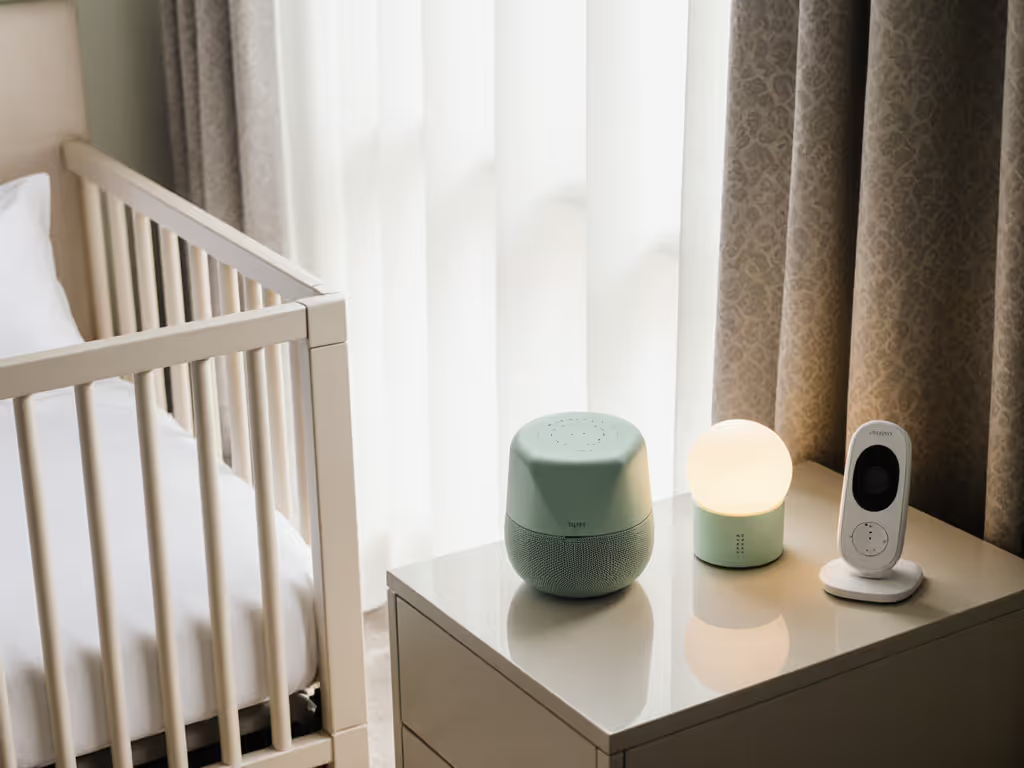
When your toddler shares a room with baby:
Most parents miss this: Infants react to 1 dBA jumps. Test units with these steps:
Fan units (SNOOZ/Dohm) hold steady within ±0.5 dBA. Cheap digital machines jump 3-5 dBA, enough to wake light sleepers. My fix: Tape the volume dial at "3" for 45.2 dBA. It's why I always pack painter's tape in my sound kit.
For home nurseries: Grab the Dohm Nova ($65). Its adjustable tone and 10 speeds let you dial in 45 dBA exactly at crib distance. The washable fabric fits your nursery aesthetic. No apps needed, just twist and sleep.
For travel & hotels: Pack the LectroFan EVO ($60). Its USB-C battery (18 hrs) and 22 non-looping sounds handle thin-wall chaos. Set "Fan 7" at 44 dBA, my proven travel preset.
For sibling rooms: Use one SNOOZ Pro ($100). Position it midway between beds, tone set to medium-deep. Its consistent airflow sound avoids confusing cues. Tape settings for instant replication.
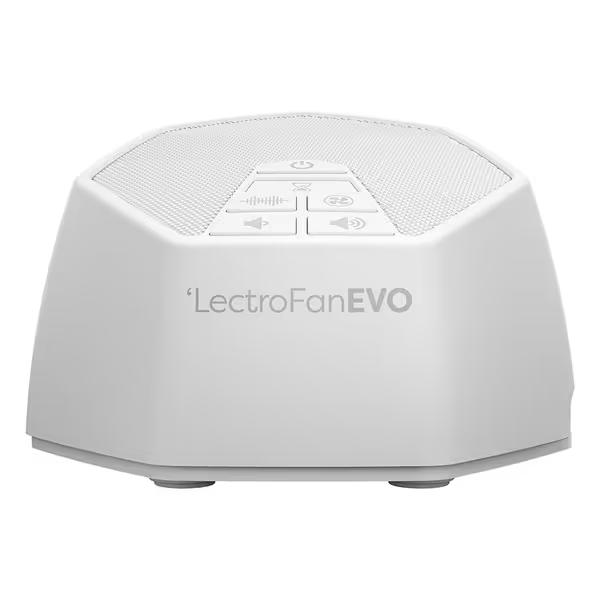
Measure once. Repeat anywhere. Sleep wins every time.

Use lab-backed steps to run Frida Baby safely: set 44–48 dBA at crib, choose pink noise, disable lights, and learn when a more precise unit is the better buy.
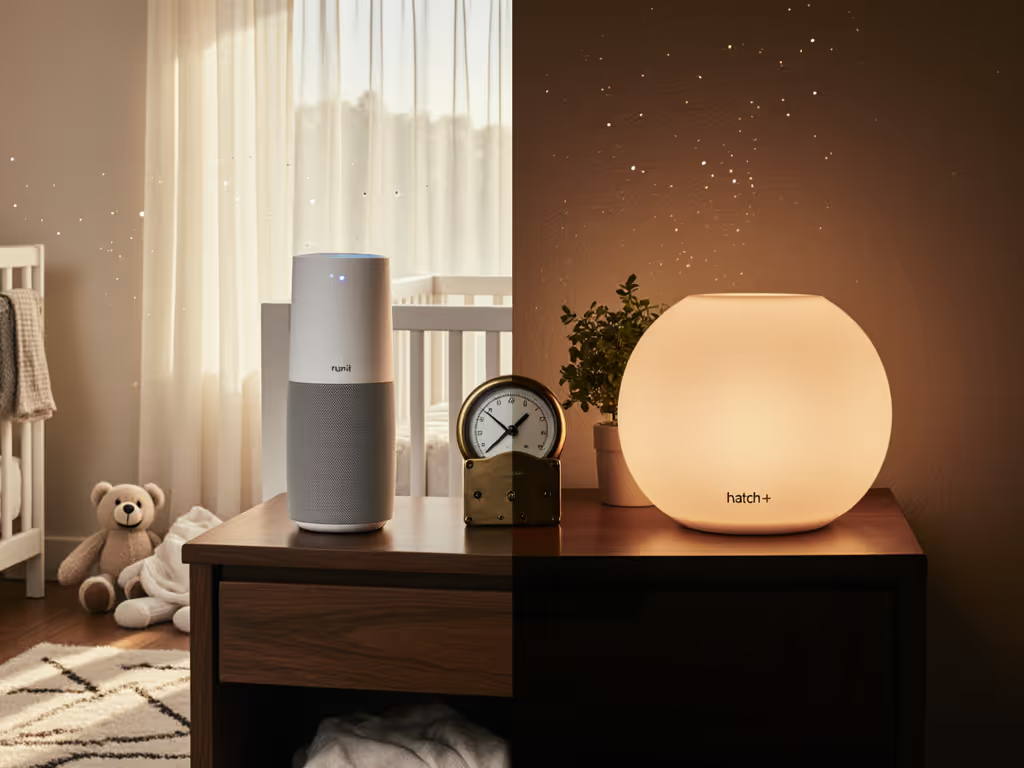
See lab-verified crib-distance tests revealing Hatch's smoother, safer masking and Nanit's niche strengths, plus precise dBA/dBC guidance and use-case advice.
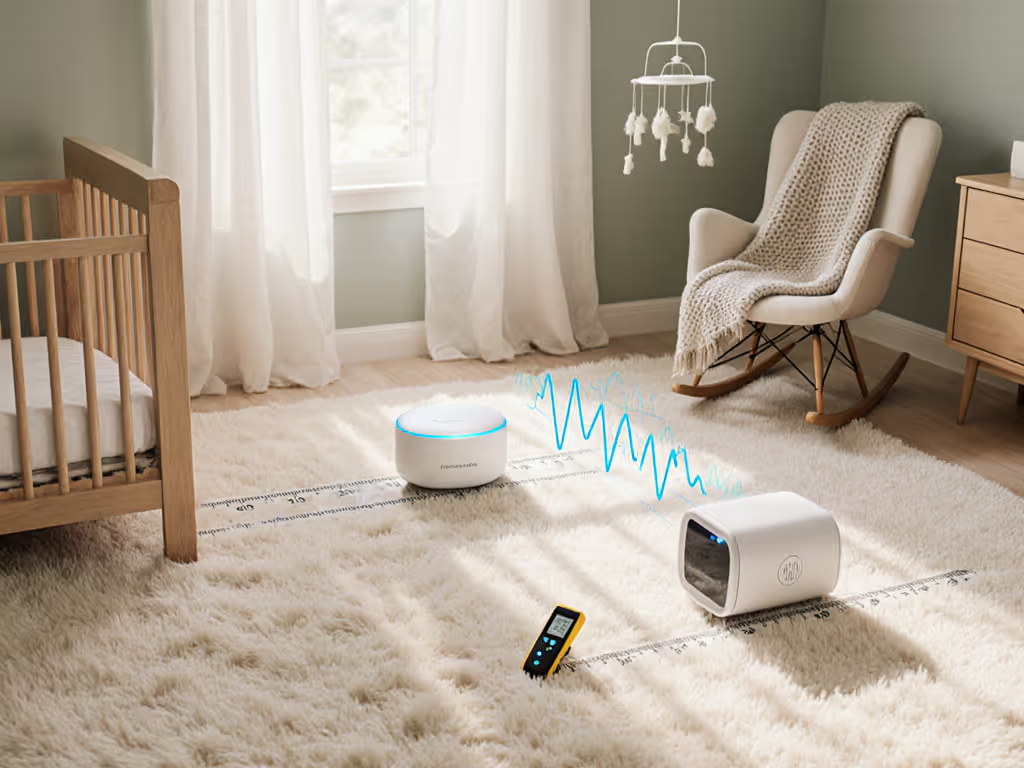
Crib-distance tests cut through marketing to reveal safer settings and sounds, showing D3 Pro's smoother profiles beat D11 Max for infant sleep.
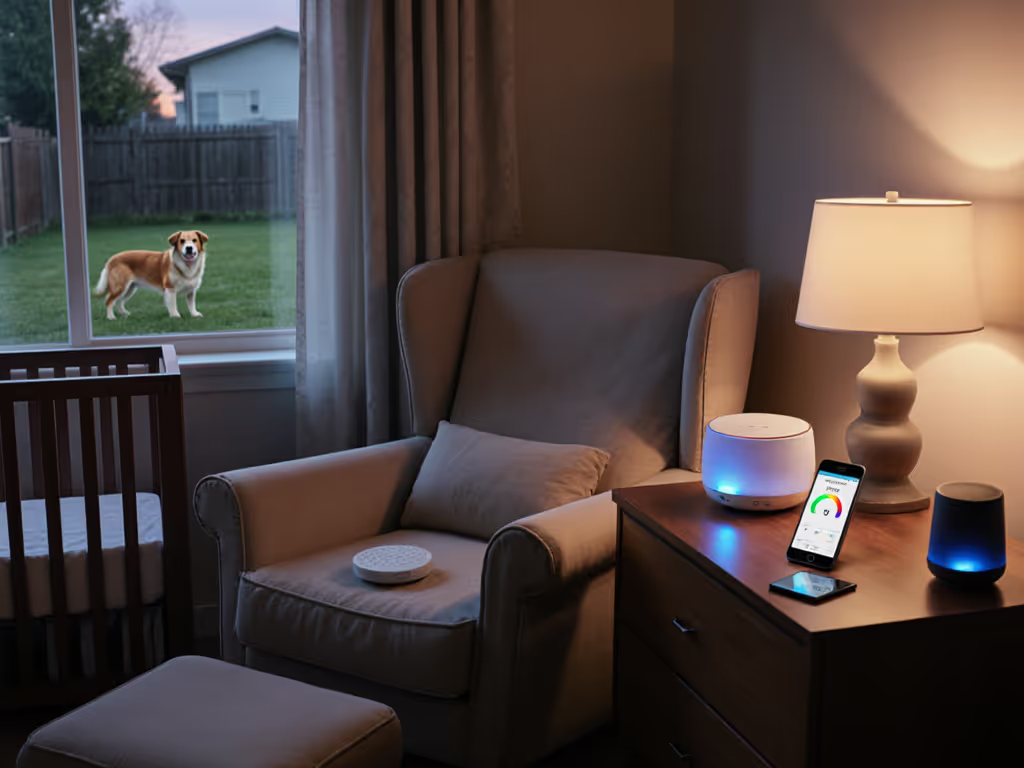
Learn which sound machines truly mask pet noise without loops or volume jumps, with testing-backed picks, decibel rules, and practical buying criteria.